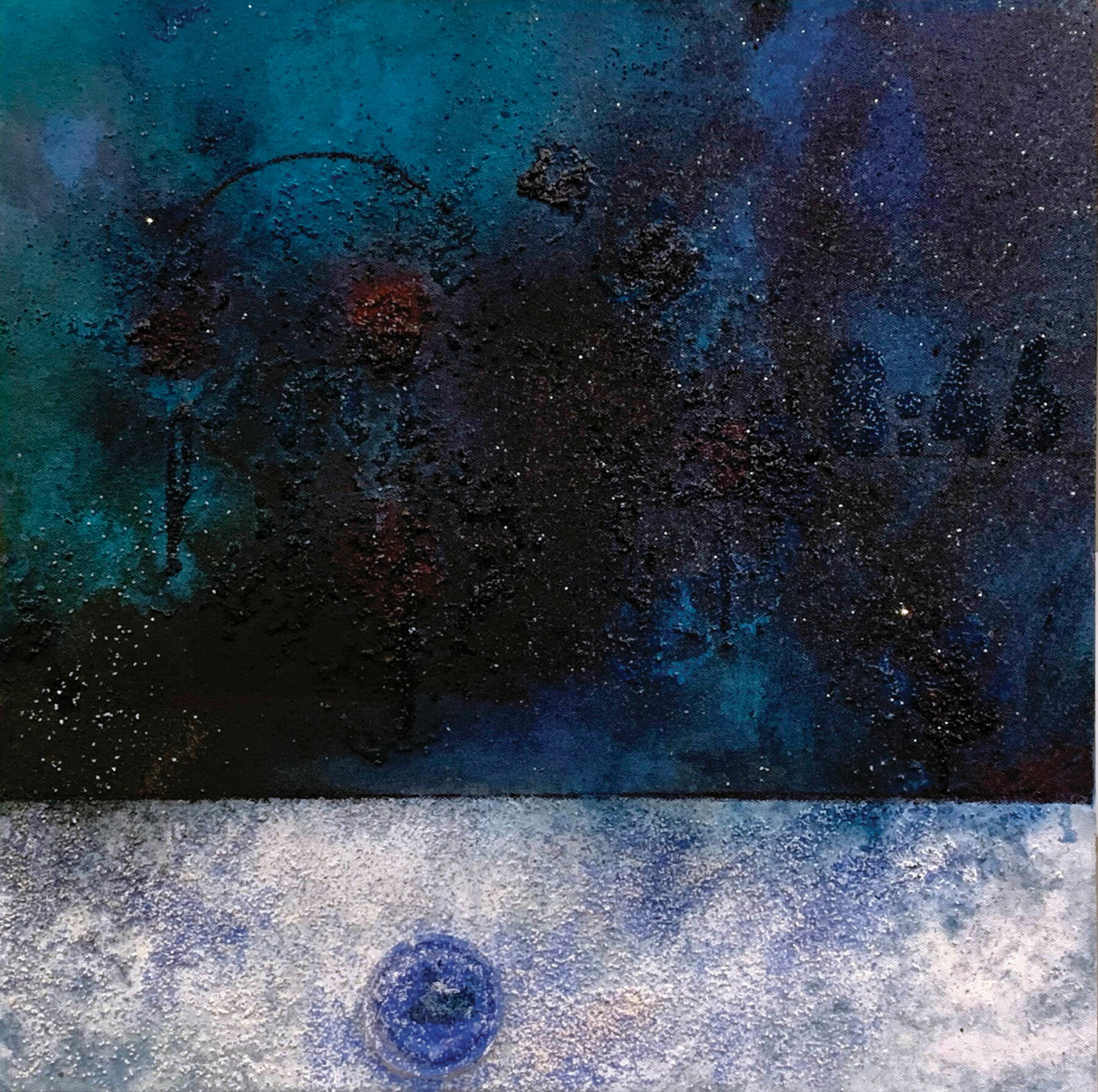The Post Pandemic World
We asked 17 experts to write about life after COVID
Public Health
What H. G. Wells and the late nineteenth century’s public health revolution can teach us about the potential for great disruptions, like this pandemic, to inspire productive changes.Read More
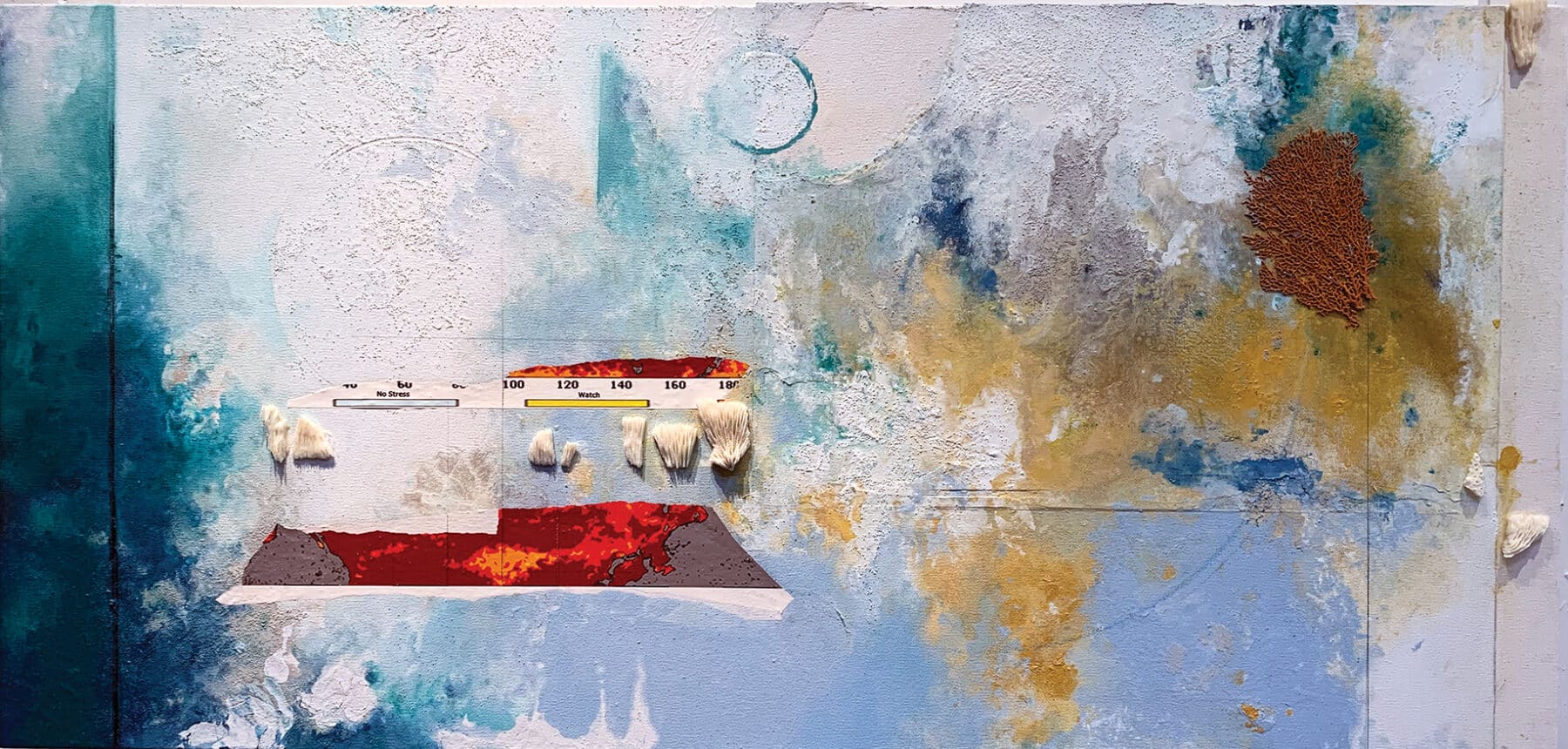

Research
Perhaps the most promising aspect of the pandemic was the incredible way that the research, clinical, and engineering communities came together to identify problems and rapidly come up with solutions that could help deal with almost every challenge it posed—personal protective equipment supply issues were solved initially with additive manufacturing (3D printing), diagnostic testing was solved by lab scaling and rapid assay development, drugs were repurposed to address inflammation and immune system overreactions, just to name a few. Read More
Philanthropy
The COVID-19 pandemic has wrought devastation around the world, but crises also create opportunities to reimagine how we do things. Attention has focused on the biomedical sciences to identify treatments and vaccines, but the social sciences are necessary for addressing the social, economic, and political dynamics that affect mask wearing, distrust of vaccines, and racial inequity in our health, education, employment, criminal justice, and social service systems. Read More
Public Universities
The nation’s sudden shift to remote teaching that started in March 2020 has called into question foundational assumptions about teaching and learning—and indeed the entire collegiate model. Now, with every residential college facing significant revenue loss, the traditional model is on the verge of breaking.
In a sense, the pandemic is only the latest “perfect storm” to hit American universities. Whether community colleges, flagship public universities, private colleges, or for-profit conglomerates, colleges and universities have long been highly conflicted institutions. Read More
People with disabilities also know something that COVID-timers are just beginning to learn: time isn’t linear. In human consciousness, time is something more like a rotating sphere or a kaleidoscope.
—Elizabeth Freeman
Economics
In the year 2020, under the tutelage of the novel coronavirus, we learned that many things we assumed could be ignored because we thought they were solid “givens” are really shaky and fluid. Perhaps most shocking was the kink in the armor of American exceptionalism. Because of the nation’s wealth and large pool of talent, Americans believe in American triumphalism. Read More
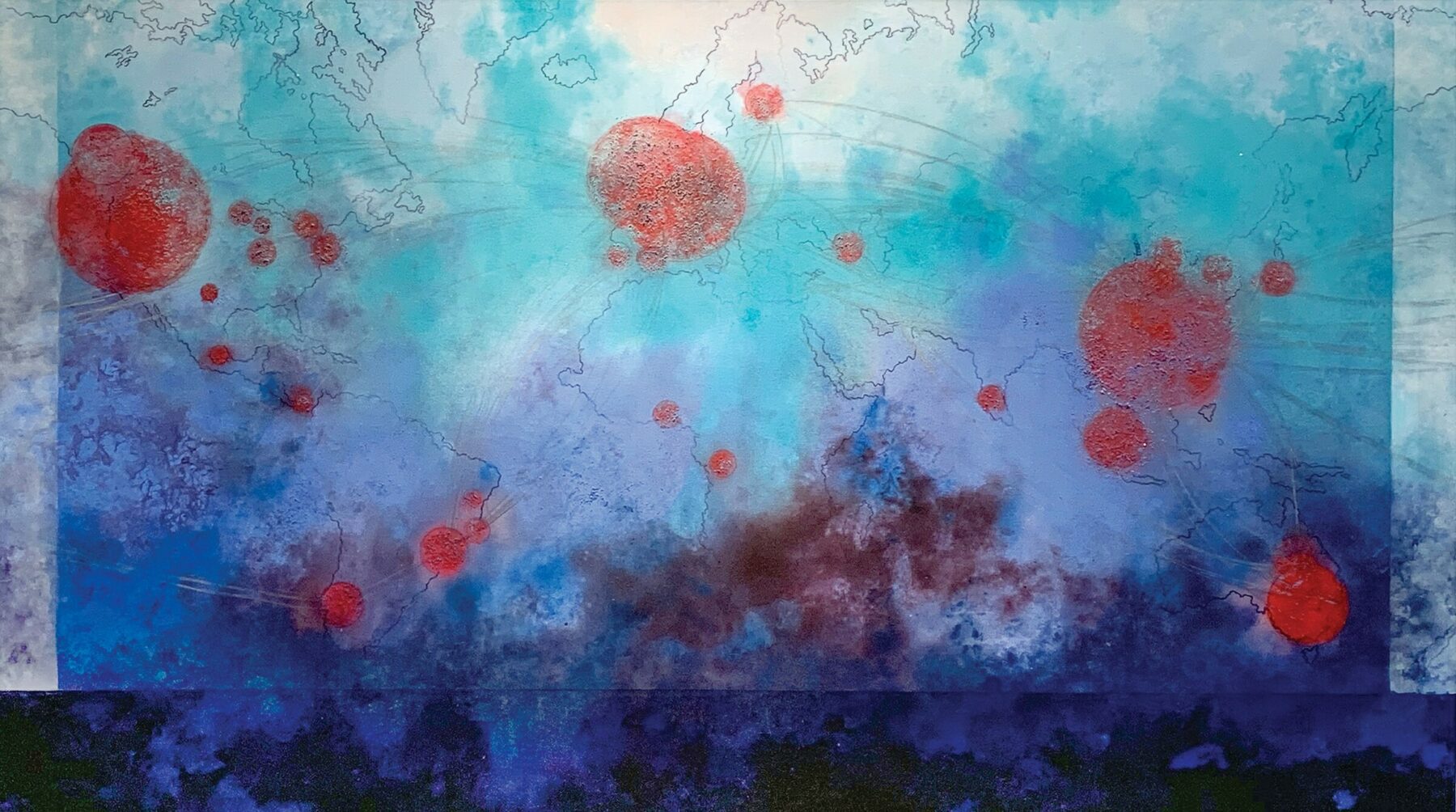
Government
Our failure to properly respond to the pandemic should cause us to rethink the role of government at federal, state, and local levels. Read More
Science Communication
COVID-19 has created lasting personal and institutional memory. What lessons can we apply to improve science communication and health?Read More
Health Departments
Protecting the public’s health is important for the security and prosperity of the country. The United States should begin to invest in public health the way it does in national security. Read More

Disasters
There’s a persistent myth in wealthy countries that disasters happen elsewhere. We—as a national and resident of two such countries, I include myself—like to believe that money and technology, stability and industrialization, insulate us from unexpected catastrophes.
Some of this is hubris tied to the power of wealth. Some of it is negligence of exogenous threats, especially natural hazards. Read More
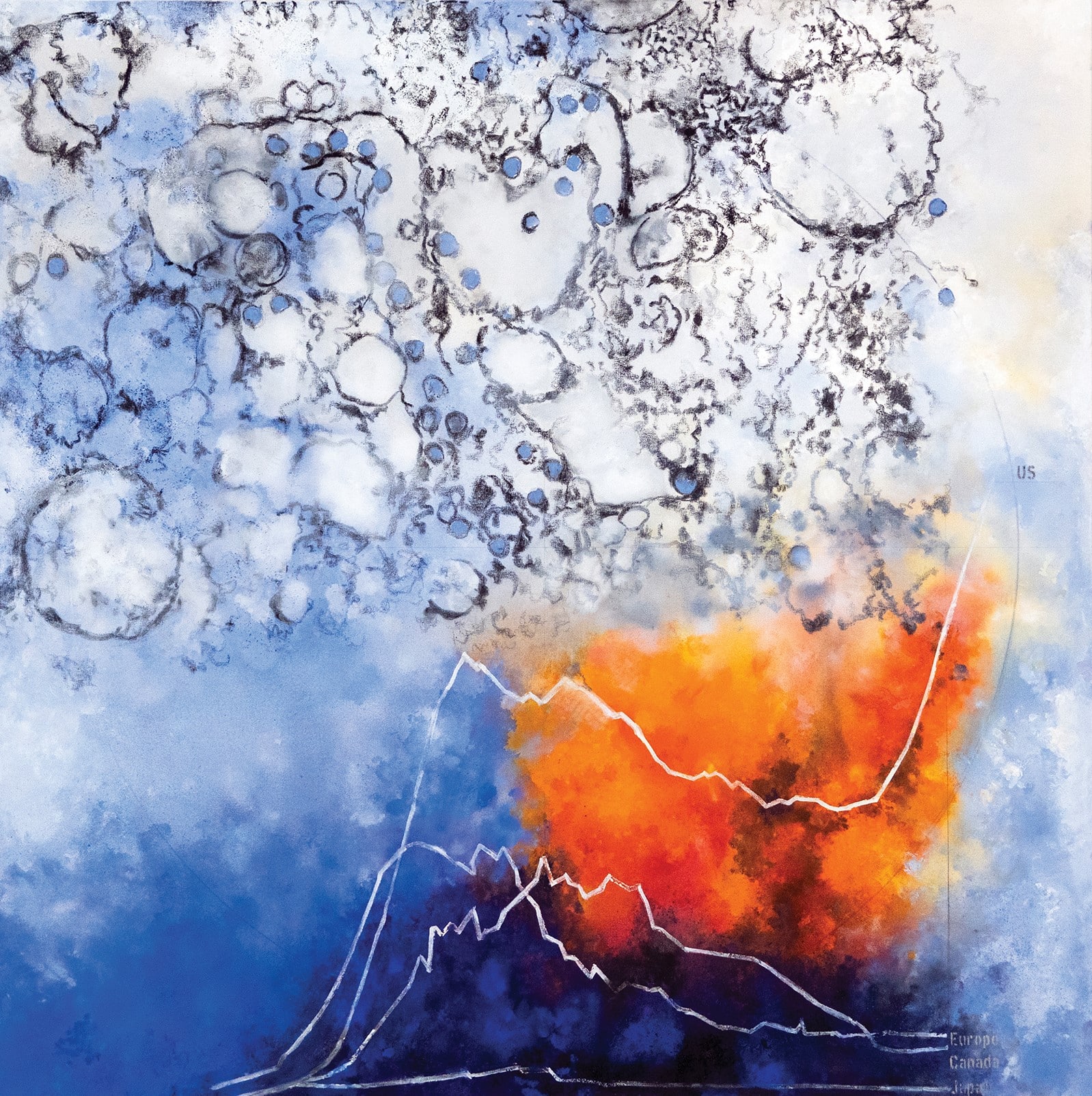
Health Care
In the past 20 years the United States has witnessed and participated in efforts to counter several severe epidemics and a few pandemics: severe acute respiratory syndrome (SARS), Middle East respiratory syndrome (MERS), coronavirus disease 2019 (COVID-19), Ebola, Zika, and more than average flu pandemics in 2003, 2008, 2017, 2018, and 2019. Read More
Time
COVID time is “crip time” for the masses. Crip time is defined by scholars in disability studies as the way people who are chronically ill or have mental or physical disabilities experience time, with crip carrying the defiance and pride of a term such as “queer.” (I include myself in this category, and so use the “we” pronoun in this piece.) Read More
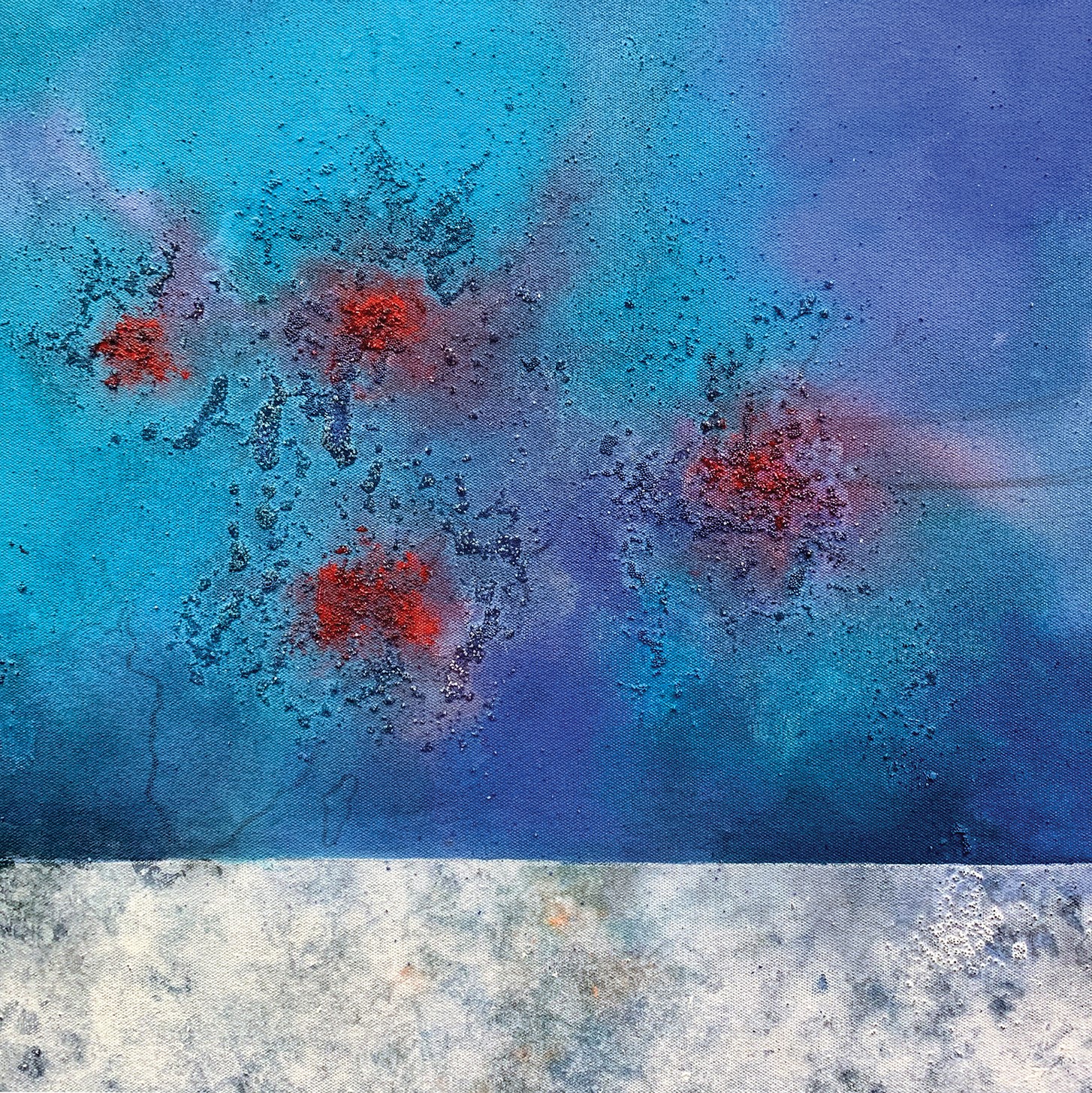
Infrastructure
The crisis fostered by COVID-19 provides an opportune time to build back greener and more inclusively. Read More
Efficiency
In engineering, efficiency is a constant quest, but it sometimes works like an energy drink, producing a fast-acting gain at the expense of longer-term distress. Read More


